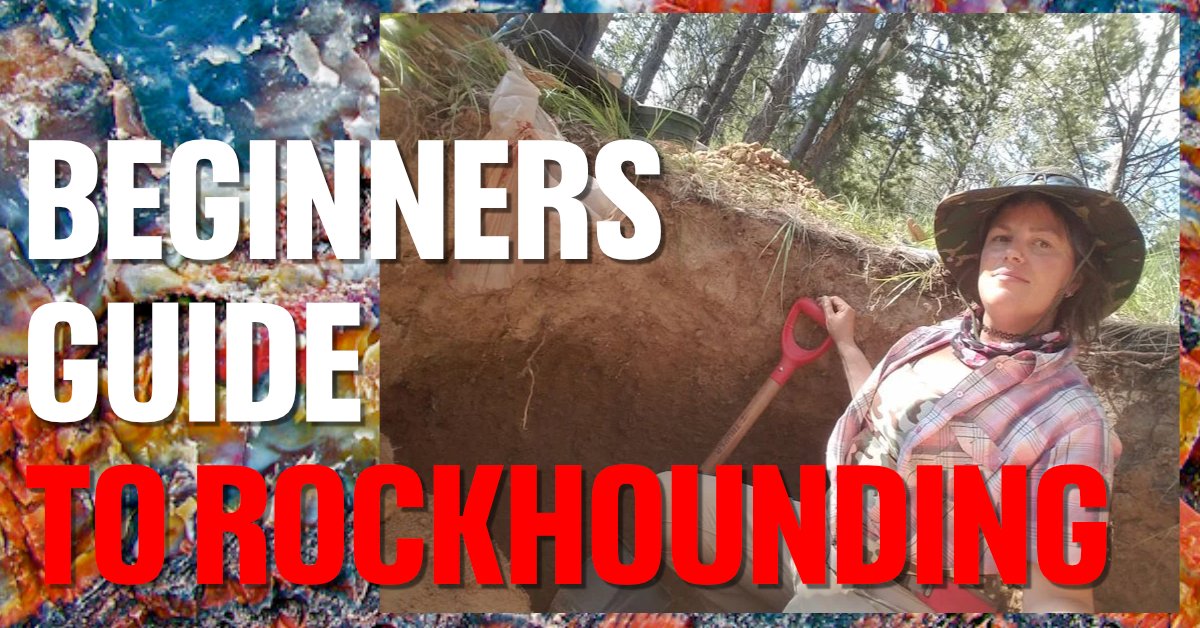As an avid rockhound enthusiast, I use all kinds of techniques to find valuable gemstones. After all, if you don't know what you are looking for, you will never find it!
One of the best ways to find gemstones is to learn how crystals form in rocks. And the only way you will ever stand a chance of finding these crystals is to understand how precious gemstones form in the host rock.
I have been a professional rockhounder and prospector for 12 years now, and I can tell you, the gemstones are out there. You just need a bit of knowledge, some motivation, and you will find them.
In this rockhounding tutorial, I will teach you the basics of crystal formation, learn how to identify and locate crystal pockets in rocks, how to dig for crystals in dirt, and the tools you will need to succeed.
Learn even more about rockhounding in my Rockhounding 101: The Complete Guide!
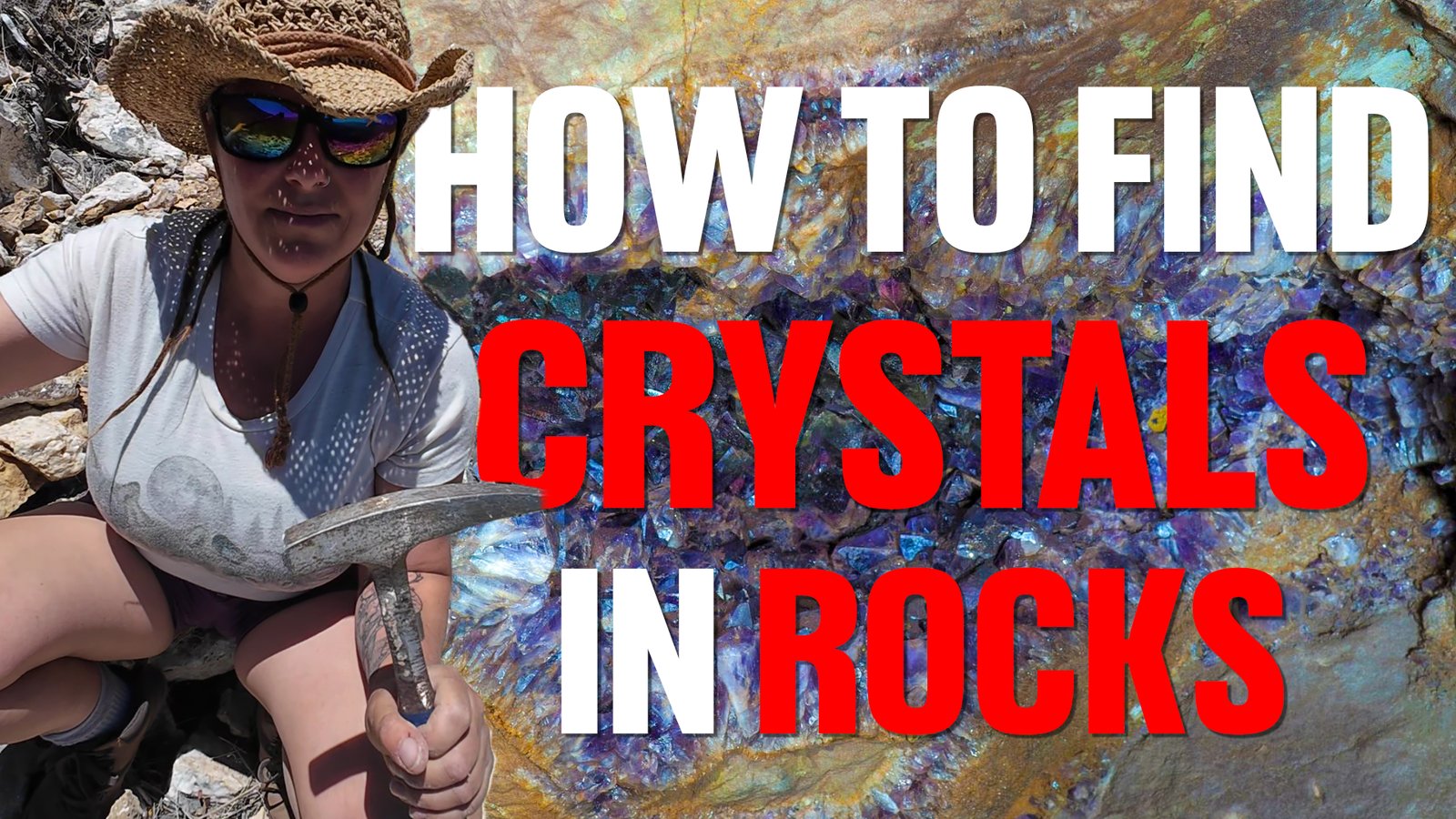
NEW: Arizona Rockhounding Tours with Regina!
Come dig with me at the Lone Star Mine
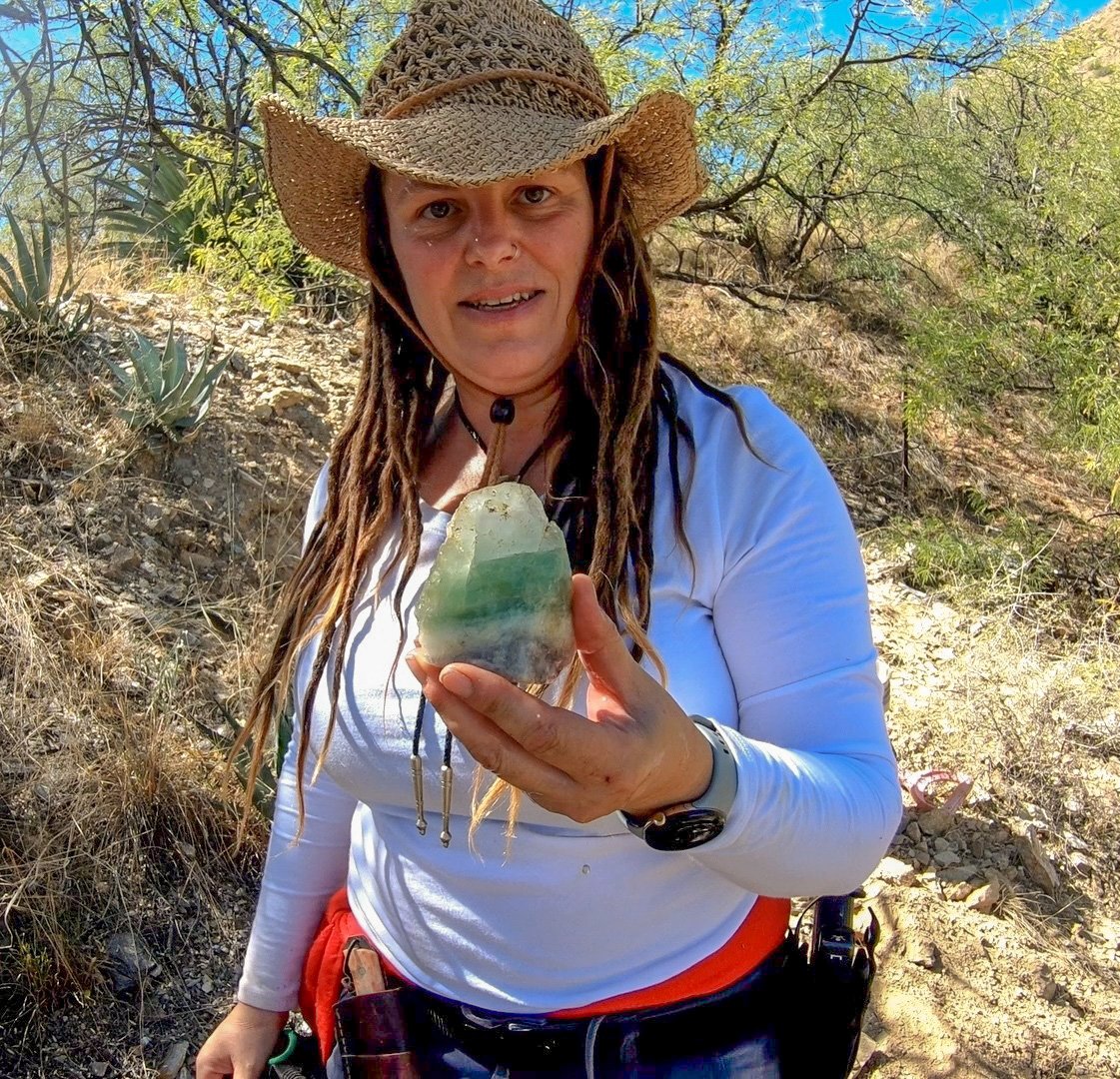
The Lone Star Mine is a fluorite mine that is loaded with thousands of pounds of crystals still in the tailings. It is located in Cochise County, one hour southeast of Tucson. Come on out and I will take you on an adventure you will never forget!
The Basics of Crystal Formation
When learning how to be an effective rockhounder, it is critical you know the basics of how crystals and gemstones form. With this knowledge, you can find some really valuable stuff and even make a discovery.
I have been studying crystal formation and geology for years, and have come across many different crystal and gemstone dig sites because I know what to look for. I want to pass that knowledge to you so you can make your own discoveries!
Crystals form when atoms or molecules arrange themselves in a highly ordered, repeating pattern. This process is known as crystallization and occurs in various environments under many conditions.

There are key factors that influence crystal formation:
- Temperature: Temperature does affect how a crystal grows! The higher the temps, the more clarity the crystal will develop. The lower the temps, the larger the crystal becomes.
- Chemical Composition: Different combinations of elements and compounds results in a wide variety of crystal shapes and sizes.
- Time: Larger and more well-defined crystals indicate that they had a longer time to develop under stable conditions.
Crystal Formation Processes
Crystals can form through several geological processes, each contributing to the diverse array of crystal structures found in nature. Some of the primary processes include:
Magmatic Crystallization
When molten rock, or magma, cools and solidifies, crystals form as minerals within the magma crystallize out of the liquid. This process occurs both beneath the Earth's surface (intrusive) and during volcanic eruptions (extrusive).
Examples of magmatic crystals are:
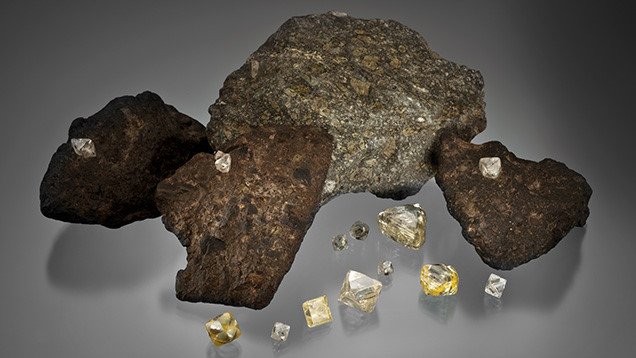
Diamonds in kimberlite
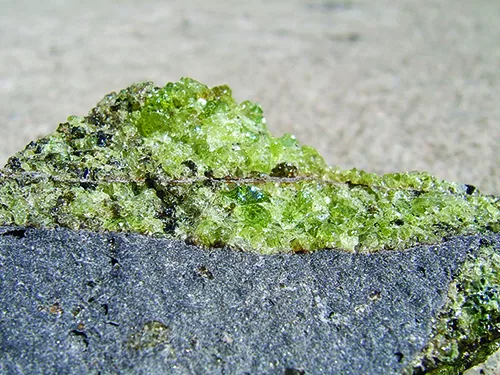
Peridot in Basalt (read my article about Arizona Peridot!)
Hydrothermal Processes
Hot, mineral-rich water moving through rocks leads to crystal formation. As the water cools, minerals dissolved in the fluid begin to crystallize, which can form in veins or cavities within the rocks.
Examples of hydrothermal crystals are:
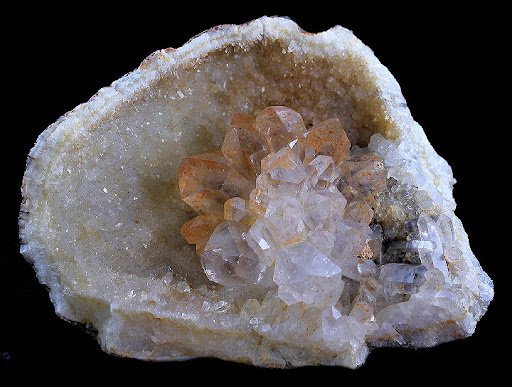
Quartz crystals forming in pockets
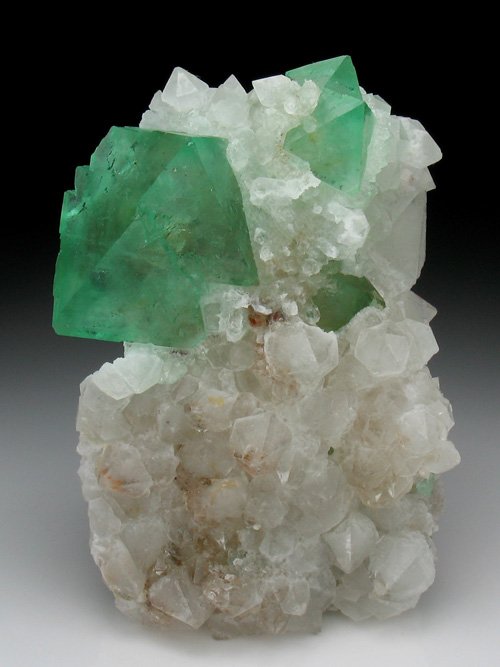
Fluorite crystal
Evaporation
In arid environments, the evaporation of water can leave behind minerals that crystallize. Desert regions have lots of evaporative crystals like:
Selenite and Desert Roses: Watch my video and learn how I found these evaporative selenite crystals!
- Metamorphism: High temperatures and pressures during metamorphism cause existing minerals in rocks to recrystallize into new crystal structures. This process can produce large, well-formed crystals such as:
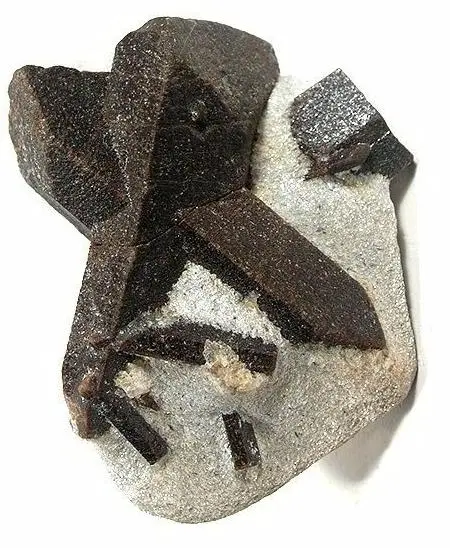
Staurolite
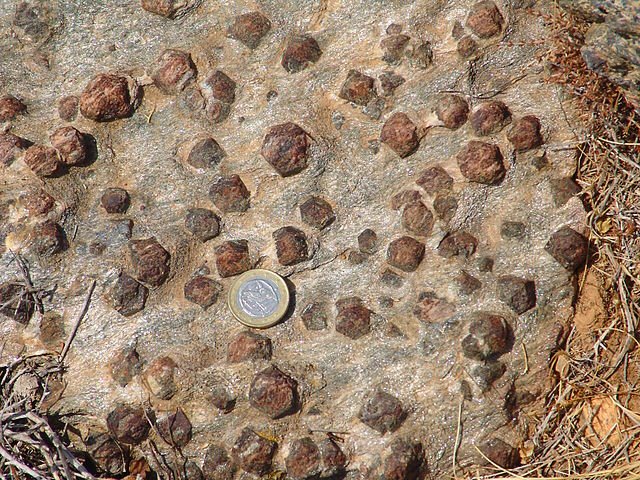
Garnet in Schist
The Best way to Find High Quality Crystals
My favorite method to finding crystals is finding a crystal pocket, also known as a vug. A vug forms as a void in the rock that can be lined with beautiful, luscious, intact crystals.
What Are Crystal Vugs?
Crystal vugs are cavities or voids within rocks that are often lined with beautifully formed crystals. These cavities are formed during the geological processes as the host rock is created.
How Are Vugs Formed?
Vugs are created through a variety of geological processes. Here are some of the primary ways they form:
- Gas Bubbles in Volcanic Rocks: When molten rock (magma) erupts from a volcano, it often contains dissolved gases. As the magma cools and solidifies into volcanic rock, these gases can escape, leaving behind bubbles or cavities. These cavities can later become vugs.
- Dissolution of Minerals: Vugs can form when water or other fluids percolate through rocks and dissolve minerals, leaving behind voids. This is common in sedimentary rocks, where acidic water can dissolve limestone or other soluble minerals, creating cavities.
- Faulting and Fracturing: Geological processes such as faulting and fracturing can create spaces within rocks. Over time, these spaces can widen and develop into vugs, especially if the surrounding rock is subjected to stress and pressure changes.
- Deposition of Minerals: Once a cavity is formed, mineral-rich fluids can seep into it. As the fluids cool or evaporate, the dissolved minerals begin to crystallize along the walls of the cavity. This process can produce a variety of crystals, depending on the mineral content of the fluids and the conditions within the cavity.

These are crystal vugs I found here in Arizona. See how tight these vugs are? If the voids were bigger, the crystals would have grown better.
Types of Crystals Found in Vugs
The types of crystals found in vugs depend on the mineral composition of the host rock and the fluids that percolate through it. Common crystals found in vugs include:
- Quartz: One of the most common minerals, quartz can form in a variety of colors and crystal shapes within vugs.
- Citrine: A yellow to brownish variety of quartz, citrine can form in vugs when trace amounts of iron are present.
- Calcite: This mineral often forms beautiful, well-defined crystals in vugs, especially in limestone.
- Amethyst: A purple variety of quartz, amethyst is often found in vugs within volcanic rocks.
- Fluorite: This colorful mineral can form cubic crystals in vugs, often in shades of purple, green, and yellow.
- Zeolites: A group of minerals that can form in the cavities of volcanic rocks, zeolites often have intricate and delicate crystal structures.
- Agate and Chalcedony: These microcrystalline varieties of quartz can form beautiful banded patterns in vugs, often in sedimentary rocks or volcanic environments.
- Aquamarine: forms in pegmatites and vugs within granite veins. It requires beryllium and traces of iron to produce its blue to blue-green color.
- Emerald: forms in hydrothermal veins and in vugs within schist or other metamorphic rocks. They require the presence of beryllium, chromium, and vanadium to develop their characteristic green color.
- Tourmaline: is highly valued for its wide range of colors and is found in various host rocks including pegmatites and metamorphic rocks.
- Topaz: can indeed grow in vugs, especially within pegmatites and granitic environments.
Where to Find Crystal Pockets to Rockhound
This is where the fun begins! Although it is unlikely you will find rare gemstones in vugs, such a diamond, ruby, and emerald, there are many more common crystals you can find that form in pockets.
I have found many crystal pockets in the wilderness. You start by looking for the volcanic host rock. It is easy to find quartz veins but what you want to find are the voids that can be filled with glittering gems.
To locate these crystal pockets, follow these steps:
Look for Rocky Outcrops - These outcrops are basically exposed bedrock that can potentially have crystal veins and pockets. Check for exposed rock faces, cliffs, and rocky blow outs that can hold crystals. Volcanic and metamorphic rock are good targets to look for.
Inspect Quartz Veins - Veins can lead you to voids in the rock that can hold crystals. You can chase a vein that can open up, or use a chisel to open up the vein. You could even tap on the vein to see if you can hear a hollow sound, but I have never had any luck with that method.
Check Weathered Rock Surfaces - Over time, weathering can reveal crystal pockets. Examine surfaces for signs of erosion or natural openings where crystals may be visible.
Look for Signs of Mineralization - Mineralized zones, where rocks show signs of various minerals, are often good indicators of crystal pockets. These zones may appear as discolored or rusty areas on the rock surface.
Once you’ve identified a potential pocket, carefully remove surrounding rock to expose the crystals. Use small tools like chisels and brushes to avoid damaging delicate specimens.
Tools you will Need to Get Crystals Out of Rocks
The task of removing crystals from hard rocks takes a lot of sweat and labor, but it's very worth it! As a rockhounder, here are the basic tools you will need to recover and collect gemstones:
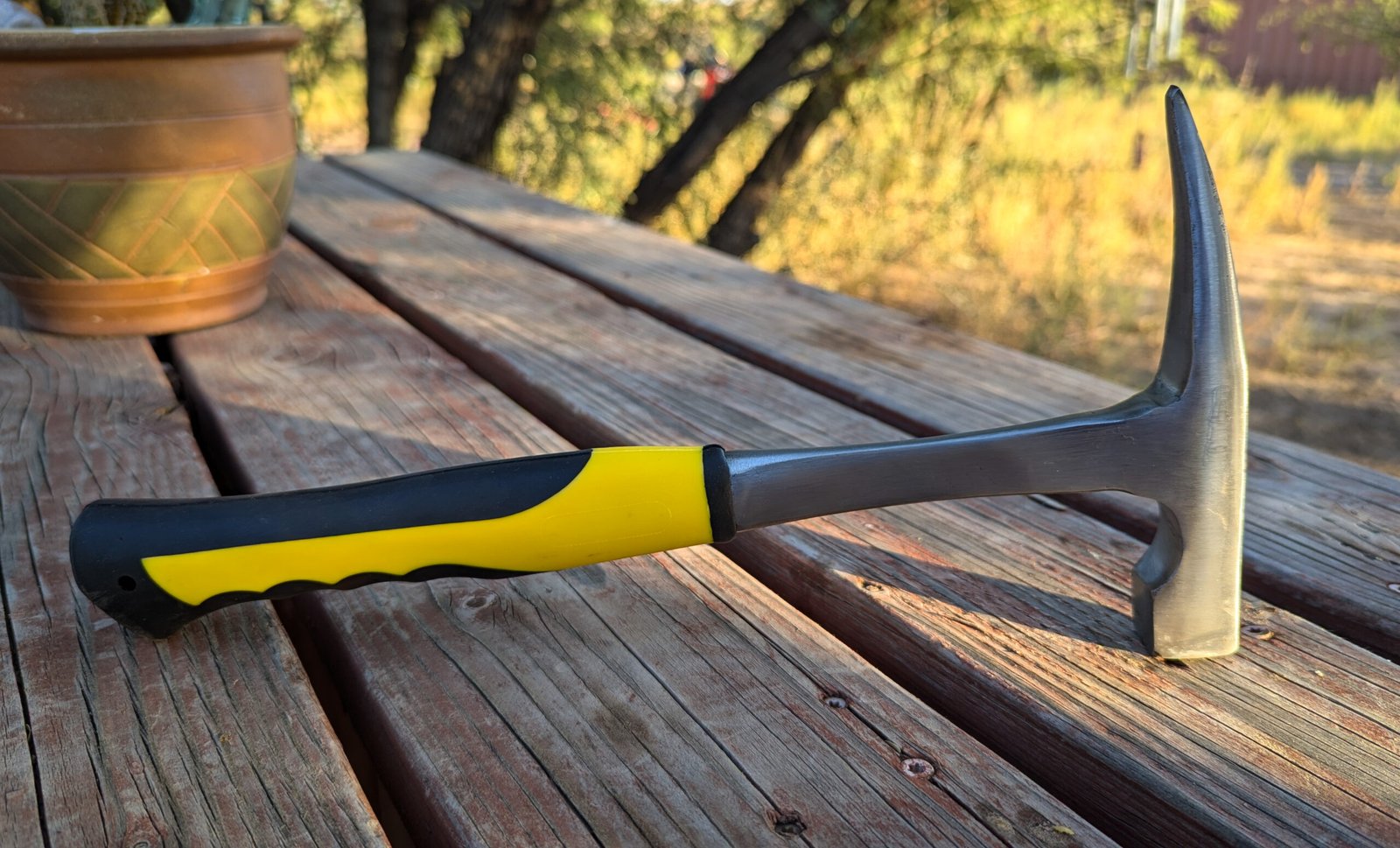
A Rock Hammer is a must-have tool for every rockhounding expedition. I use mine to dig, break rocks, and pry out specimens.

A Chisel is essential to get the crystals out of the host rock. Using a chisel helps with precision blows so you have less breakage of the specimen.
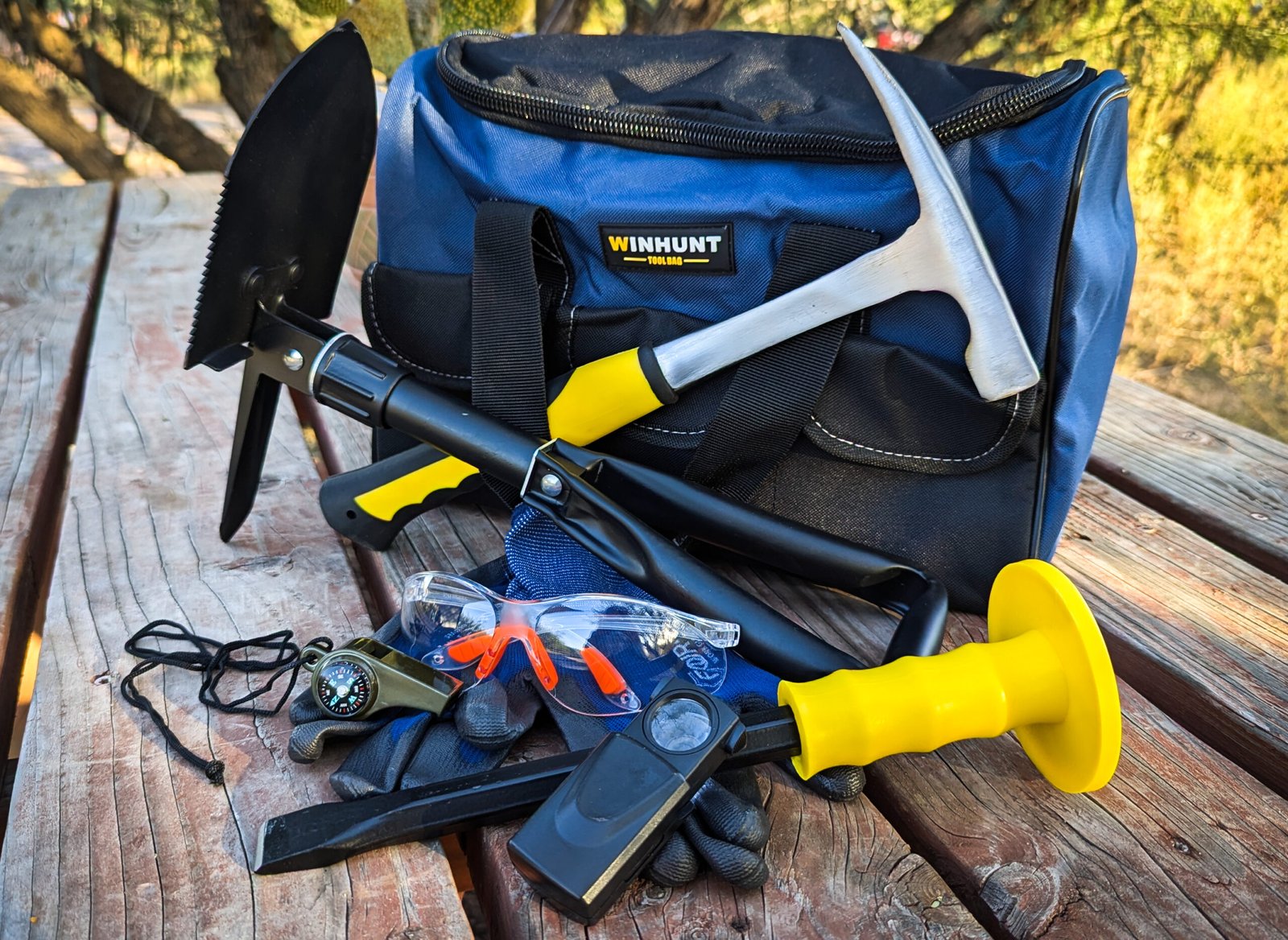
This is a rockhounding toolkit that I have created with all the essentials you need to get started with rockhounding, including gloves, eye protection, a collapsible shovel, and more.
All of these tools are available in my rockhounding shop. When you purchase from me, you help support my work as a content creator!
Digging for Crystals
If busting crystals out of rocks sounds too labor intensive for you, you can alternatively dig in dirt for crystals!
But how do you find crystals in dirt?
Crystals deposit in dirt through the process of "floating". Float refers to loose, weathered material that has broken off from a larger mineral deposit or vein and has been transported away from its original location. These pieces are found on or near the surface of the ground, often in areas where erosion, water flow, or other geological processes have moved them. Float material can include crystals, rocks, and other mineral specimens that are easier to collect than those still embedded in hard rock.
Float deposited crystals can be on the surface, but are more likely buried under the ground. This means you will have to do some investigation to find them. Here are some tips when trying to find crystals in dirt:
Research the Area - Start by researching locations known for crystal deposits. Look for geological maps, local guides, and online forums where other rockhounds share their experiences. Your best bet is to get tips on your local area for known crystal deposits in hard rock. You can also explore rocky outcroppings, cliff sides, and caverns too.
Identify Potential Float Zones: Focus on areas where float material is likely to accumulate. These can include:
- Creek beds and riverbanks
- Base of hills or slopes
- Areas with loose soil or gravel
- Places where natural erosion occurs
Think about how the water, ice, and wind would move the rock. You can use maps to see the flows of dry riverbeds and crevices and really look at how the movement of the material happened over time. Remember, gravity is your friend here!
Look for Signs of Minerals and Crystals - Keep an eye out for telltale signs of minerals such as unusual colors, shapes, or textures on the ground. Shiny or sparkly surfaces can indicate the presence of crystals. I am short so it is easier for me to see crystals on the surface. If you are tall, make sure to kneel or squat (don't bend over, that will hurt your back over time) and inspect the ground closely.
Examine Loose Material - Sift through loose soil, gravel, and other debris. Use tools like a small shovel, trowel, or even your hands to gently move the material around. Pay attention to any distinctive pieces that stand out.
Dig a Test Hole - once you have found a location that looks promising, start digging test holes. I recommend going about a foot or two deep, getting underneath the layer of topsoil to where the crystals will more likely have settled.
Follow Trails of Float - If you find a float crystal, there might be more nearby. Follow the direction from which the material seems to have come. This can sometimes lead you to larger concentrations or even the source deposit.
Once you are on the money, it's time to go to town!
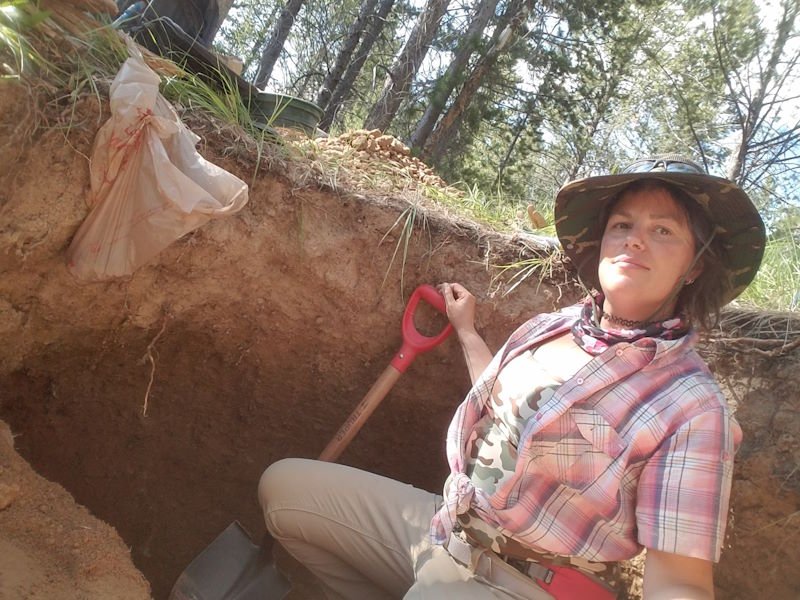
Here I am digging for float crystals at Crystal Park, Montana! I had really good luck finding many beautiful crystals including this smoky quartz.

Tools for Digging Crystals
Here are some tools that will make your life a whole lot easier when digging for float crystals. If anything, do not pass up the classifier! This gets placed on the top of your bucket and you can sift through the dirt way faster and easier. If you don't get a classifier, I can guarantee that you will miss crystals. Quarter inch screen will work, so will half inch. Also, a gardening hand rake is also extremely helpful.
You can Find the Crystals!
Yes you can, I believe in you!
It is easy to doubt, be skeptical, or think ALL the good stuff has been found. That is simply not the case. I have found so much good stuff, it really amazes me at what I have found over the years!
Once you start finding crystals in the wilderness, you will gain more confidence and know what to look for. You just gotta get out there. Start looking around. Research, explore, and have fun!
I guarantee that you will find cool stuff, it is impossible that you won't. Over time you will get better at it, I promise!
Please feel free to leave comments and ask questions. I try to get back to every question I receive.




